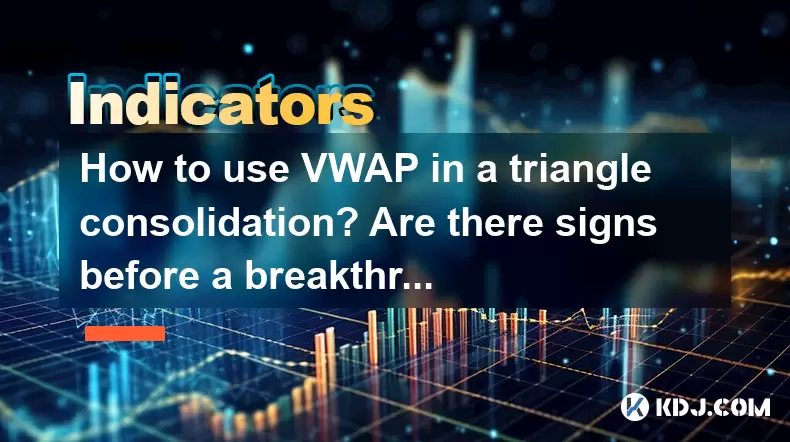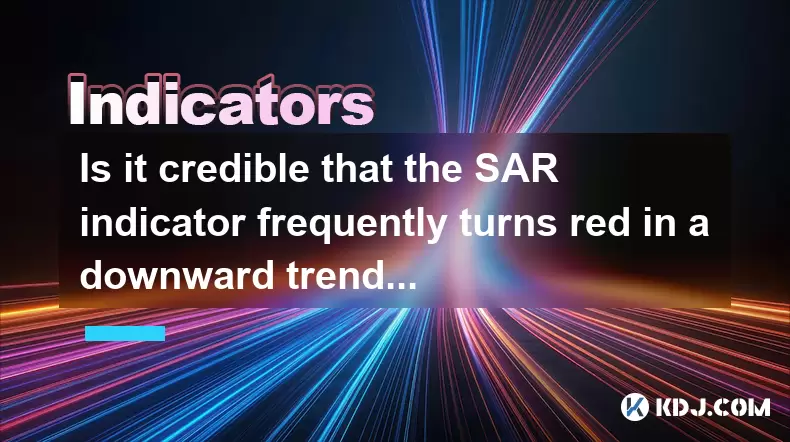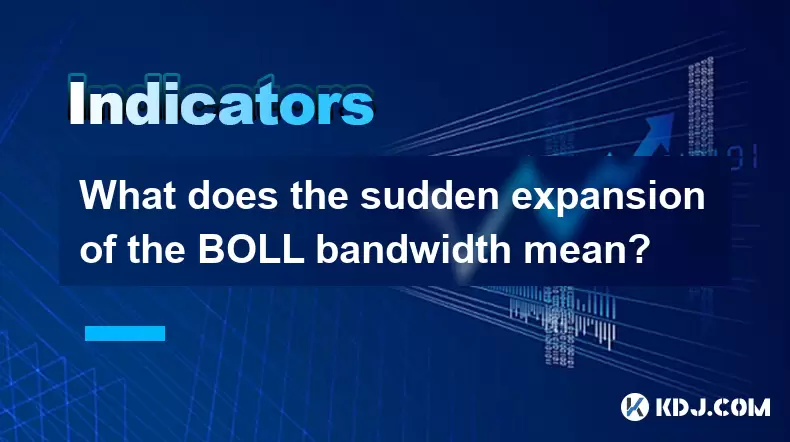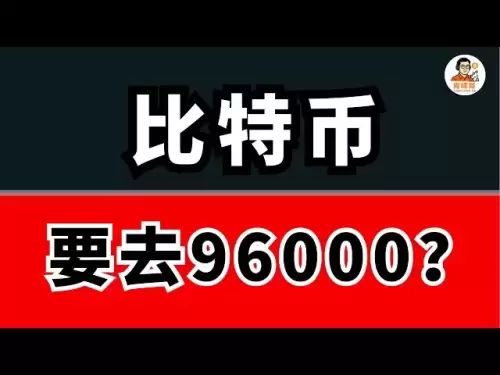-
 Bitcoin
Bitcoin $103,668.6810
-0.42% -
 Ethereum
Ethereum $2,427.2834
-2.40% -
 Tether USDt
Tether USDt $1.0003
0.02% -
 XRP
XRP $2.1193
-0.30% -
 BNB
BNB $636.2387
-1.32% -
 Solana
Solana $140.9214
-1.16% -
 USDC
USDC $0.9999
0.00% -
 TRON
TRON $0.2731
-0.04% -
 Dogecoin
Dogecoin $0.1609
-1.82% -
 Cardano
Cardano $0.5779
-0.26% -
 Hyperliquid
Hyperliquid $33.2383
-4.10% -
 Bitcoin Cash
Bitcoin Cash $473.9152
-2.33% -
 Sui
Sui $2.6499
-3.20% -
 Chainlink
Chainlink $12.5513
-1.73% -
 UNUS SED LEO
UNUS SED LEO $8.9251
0.39% -
 Stellar
Stellar $0.2424
-1.05% -
 Avalanche
Avalanche $17.1776
-2.32% -
 Toncoin
Toncoin $2.9186
-2.19% -
 Shiba Inu
Shiba Inu $0.0...01119
-2.30% -
 Litecoin
Litecoin $83.1100
-0.05% -
 Hedera
Hedera $0.1435
-1.31% -
 Monero
Monero $312.1229
0.28% -
 Ethena USDe
Ethena USDe $1.0006
0.00% -
 Polkadot
Polkadot $3.4148
-0.76% -
 Dai
Dai $1.0000
0.00% -
 Bitget Token
Bitget Token $4.2877
-0.24% -
 Uniswap
Uniswap $6.8295
-8.76% -
 Pepe
Pepe $0.0...09732
-1.53% -
 Pi
Pi $0.5345
-0.82% -
 Aave
Aave $245.5038
-3.02%
How to use VWAP in a triangle consolidation? Are there signs before a breakthrough?
VWAP, when used within a triangle consolidation, helps traders identify potential breakouts by monitoring price relative to VWAP and volume spikes.
May 28, 2025 at 12:56 pm

The Volume Weighted Average Price (VWAP) is a crucial technical indicator that traders use to gauge the average price a security has traded at throughout the day, weighted by volume. When combined with a triangle consolidation pattern, VWAP can provide valuable insights into potential price movements and help traders make informed decisions. This article will explore how to effectively use VWAP within a triangle consolidation and identify signs that may precede a breakthrough.
Understanding VWAP and Triangle Consolidation
VWAP is calculated by taking the total dollar value of all trading periods and dividing it by the total trading volume for the same timeframe. It is often used as a benchmark to determine if a security is overbought or oversold. In the context of cryptocurrency trading, VWAP can help traders assess the market's direction and strength.
A triangle consolidation pattern is a technical analysis chart pattern that forms when the price of an asset moves between converging trendlines. There are three main types of triangle patterns: ascending, descending, and symmetrical. These patterns indicate that the market is consolidating and a potential breakout may occur.
Using VWAP in Triangle Consolidation
To effectively use VWAP within a triangle consolidation, traders need to follow these steps:
Identify the Triangle Pattern: Begin by identifying the type of triangle consolidation on the price chart. This could be an ascending, descending, or symmetrical triangle. The trendlines of the triangle should be clearly converging.
Plot the VWAP: Once the triangle pattern is identified, plot the VWAP on the same chart. Most trading platforms and charting software allow you to easily add VWAP as an overlay.
Monitor Price Relative to VWAP: Observe how the price of the cryptocurrency interacts with the VWAP. If the price is consistently above the VWAP, it may indicate bullish sentiment, while prices below the VWAP may suggest bearish sentiment.
Analyze Volume: Pay close attention to trading volume within the triangle. Increasing volume as the price approaches the apex of the triangle can signal a potential breakout.
Signs of a Breakthrough in Triangle Consolidation
Identifying signs of a breakthrough before it happens can be challenging but is crucial for traders looking to capitalize on price movements. Here are some key indicators to watch for:
Volume Spikes: A significant increase in trading volume as the price nears the apex of the triangle can be a strong indicator of an impending breakout. Higher volume suggests that more traders are participating, which can lead to a more sustained move.
Price Action Near VWAP: When the price approaches or crosses the VWAP within the triangle, it can be a sign of a potential breakthrough. If the price breaks above the VWAP with high volume, it may signal a bullish breakout. Conversely, a break below the VWAP with high volume could indicate a bearish breakout.
Breakout Confirmation: A true breakout from a triangle consolidation is confirmed when the price moves decisively beyond the upper or lower trendline of the triangle. Traders should look for a sustained move outside the triangle with accompanying high volume to validate the breakout.
Combining VWAP with Other Indicators
While VWAP is a powerful tool on its own, combining it with other technical indicators can enhance its effectiveness. Here are some additional indicators to consider:
Relative Strength Index (RSI): The RSI can help identify overbought or oversold conditions within the triangle. If the RSI shows divergence from the price action (e.g., price making higher highs while RSI makes lower highs), it may signal a weakening trend and a potential breakout.
Moving Averages: Using moving averages, such as the 50-day or 200-day moving average, can provide additional context to the price action within the triangle. A crossover of the price with these moving averages can further confirm a breakout.
Bollinger Bands: Bollinger Bands can help traders identify volatility and potential price extremes within the triangle. A squeeze of the bands followed by a breakout can signal a significant move.
Practical Example of Using VWAP in Triangle Consolidation
Let's walk through a practical example of using VWAP within a triangle consolidation pattern for a cryptocurrency like Bitcoin (BTC).
Step 1: Identify the Triangle Pattern: Suppose we observe a symmetrical triangle forming on the BTC/USD chart over the past few weeks. The upper and lower trendlines are converging, indicating a consolidation phase.
Step 2: Plot the VWAP: We add the VWAP indicator to our chart, using a daily timeframe to capture the overall market sentiment.
Step 3: Monitor Price and Volume: We notice that the price of BTC is oscillating around the VWAP within the triangle. As the price approaches the apex of the triangle, we see an increase in trading volume, suggesting heightened interest.
Step 4: Look for Breakout Signs: The price of BTC breaks above the VWAP with a significant volume spike. This could be an early sign of a bullish breakout. We then wait for the price to break above the upper trendline of the triangle.
Step 5: Confirm the Breakout: Once the price moves decisively above the upper trendline with sustained volume, we confirm a bullish breakout. This could be a signal to enter a long position on BTC.
Risk Management and Strategy
When using VWAP in conjunction with triangle consolidation, it's essential to have a solid risk management strategy in place. Here are some tips:
Set Stop-Loss Orders: Always set stop-loss orders to limit potential losses. For a breakout trade, place the stop-loss just below the breakout point or the lower trendline of the triangle.
Position Sizing: Determine the appropriate position size based on your overall trading capital and risk tolerance. Smaller position sizes can help manage risk during volatile breakouts.
Profit Targets: Set realistic profit targets based on the expected move after the breakout. Some traders use the height of the triangle at its widest point to project potential price targets.
Frequently Asked Questions
Q1: Can VWAP be used for intraday trading within a triangle consolidation?
Yes, VWAP can be effectively used for intraday trading within a triangle consolidation. By plotting the VWAP on shorter timeframes, such as 1-hour or 15-minute charts, traders can gain insights into intraday price movements and potential breakouts. The key is to monitor how the price interacts with the VWAP and look for volume spikes that may signal a breakout.
Q2: How reliable is the VWAP indicator in predicting breakouts from triangle consolidations?
The reliability of VWAP in predicting breakouts depends on various factors, including market conditions and the strength of the triangle pattern. While VWAP can provide valuable insights into market sentiment and potential breakouts, it should not be used in isolation. Combining VWAP with other technical indicators and volume analysis can enhance its predictive power.
Q3: What are the common mistakes traders make when using VWAP in triangle consolidations?
One common mistake is relying solely on VWAP without considering other technical indicators or market context. Another mistake is entering trades too early based on minor price movements around the VWAP, rather than waiting for a confirmed breakout with significant volume. Additionally, failing to manage risk properly by not setting stop-loss orders can lead to substantial losses.
Q4: Is it possible to use VWAP in other chart patterns besides triangle consolidations?
Yes, VWAP can be used in various chart patterns beyond triangle consolidations. For example, it can be applied to head and shoulders patterns, flags, and wedges. The key is to understand how the price interacts with the VWAP within these patterns and use it as a guide for potential breakouts and reversals.
Disclaimer:info@kdj.com
The information provided is not trading advice. kdj.com does not assume any responsibility for any investments made based on the information provided in this article. Cryptocurrencies are highly volatile and it is highly recommended that you invest with caution after thorough research!
If you believe that the content used on this website infringes your copyright, please contact us immediately (info@kdj.com) and we will delete it promptly.
- JasmyCoin's Price Drop: Hitting Major Levels – Is Another Dump Coming?
- 2025-06-22 00:25:12
- Violet Ray Caramella: A Life of Light, Love, and Legacy
- 2025-06-22 00:25:12
- Dogwifhat, Arctic Pablo, and the Meme Coin Mania: What's Hot Now?
- 2025-06-22 00:30:12
- ADA Price, Web3 AI, Crypto Trading: Navigating the Hype
- 2025-06-22 00:30:12
- Martini Market Heats Up XRPL with $MRT Presale: A New DeFi Frontier?
- 2025-06-22 00:35:12
- Ethereum's Fusaka Fork: A Network Supercharge in Progress
- 2025-06-22 00:35:12
Related knowledge

Does the sudden contraction of ATR indicate the end of the trend?
Jun 20,2025 at 11:14pm
Understanding ATR and Its Role in Technical AnalysisThe Average True Range (ATR) is a technical indicator used to measure market volatility. Developed by J. Welles Wilder, ATR calculates the average range of price movement over a specified period, typically 14 periods. It does not indicate direction—only volatility. Traders use ATR to gauge how much an ...

Is it invalid if the DMI crosses but the ADX does not expand?
Jun 21,2025 at 09:35am
Understanding the DMI and ADX RelationshipIn technical analysis, the Directional Movement Index (DMI) consists of two lines: +DI (Positive Directional Indicator) and -DI (Negative Directional Indicator). These indicators are used to determine the direction of a trend. When +DI crosses above -DI, it is often interpreted as a bullish signal, while the opp...

How to filter false signals when the SAR indicator frequently flips?
Jun 21,2025 at 08:43pm
Understanding the SAR Indicator and Its BehaviorThe SAR (Stop and Reverse) indicator is a popular technical analysis tool used in cryptocurrency trading to identify potential reversals in price movement. It appears as a series of dots placed either above or below the price chart, signaling bullish or bearish trends. When the dots are below the price, it...

Is the trend continuation when the Williams indicator is oversold but there is no rebound?
Jun 20,2025 at 11:42pm
Understanding the Williams %R IndicatorThe Williams %R indicator, also known as the Williams Percent Range, is a momentum oscillator used in technical analysis to identify overbought and oversold levels in price movements. It typically ranges from 0 to -100, where values above -20 are considered overbought and values below -80 are considered oversold. T...

Is it credible that the SAR indicator frequently turns red in a downward trend?
Jun 22,2025 at 12:07am
What Is a Bitcoin Wallet and Why Do You Need One?A Bitcoin wallet is a digital tool that allows users to store, send, and receive Bitcoin. Unlike traditional wallets that hold physical currency, Bitcoin wallets do not actually store the cryptocurrency itself. Instead, they manage the private keys that grant access to your Bitcoin on the blockchain. Thes...

What does the sudden expansion of the BOLL bandwidth mean?
Jun 21,2025 at 01:49pm
Understanding the BOLL IndicatorThe BOLL (Bollinger Bands) indicator is a widely used technical analysis tool in cryptocurrency trading. It consists of three lines: a simple moving average (SMA) in the center, with upper and lower bands calculated based on standard deviations from that SMA. These bands dynamically adjust to price volatility. When trader...

Does the sudden contraction of ATR indicate the end of the trend?
Jun 20,2025 at 11:14pm
Understanding ATR and Its Role in Technical AnalysisThe Average True Range (ATR) is a technical indicator used to measure market volatility. Developed by J. Welles Wilder, ATR calculates the average range of price movement over a specified period, typically 14 periods. It does not indicate direction—only volatility. Traders use ATR to gauge how much an ...

Is it invalid if the DMI crosses but the ADX does not expand?
Jun 21,2025 at 09:35am
Understanding the DMI and ADX RelationshipIn technical analysis, the Directional Movement Index (DMI) consists of two lines: +DI (Positive Directional Indicator) and -DI (Negative Directional Indicator). These indicators are used to determine the direction of a trend. When +DI crosses above -DI, it is often interpreted as a bullish signal, while the opp...

How to filter false signals when the SAR indicator frequently flips?
Jun 21,2025 at 08:43pm
Understanding the SAR Indicator and Its BehaviorThe SAR (Stop and Reverse) indicator is a popular technical analysis tool used in cryptocurrency trading to identify potential reversals in price movement. It appears as a series of dots placed either above or below the price chart, signaling bullish or bearish trends. When the dots are below the price, it...

Is the trend continuation when the Williams indicator is oversold but there is no rebound?
Jun 20,2025 at 11:42pm
Understanding the Williams %R IndicatorThe Williams %R indicator, also known as the Williams Percent Range, is a momentum oscillator used in technical analysis to identify overbought and oversold levels in price movements. It typically ranges from 0 to -100, where values above -20 are considered overbought and values below -80 are considered oversold. T...

Is it credible that the SAR indicator frequently turns red in a downward trend?
Jun 22,2025 at 12:07am
What Is a Bitcoin Wallet and Why Do You Need One?A Bitcoin wallet is a digital tool that allows users to store, send, and receive Bitcoin. Unlike traditional wallets that hold physical currency, Bitcoin wallets do not actually store the cryptocurrency itself. Instead, they manage the private keys that grant access to your Bitcoin on the blockchain. Thes...

What does the sudden expansion of the BOLL bandwidth mean?
Jun 21,2025 at 01:49pm
Understanding the BOLL IndicatorThe BOLL (Bollinger Bands) indicator is a widely used technical analysis tool in cryptocurrency trading. It consists of three lines: a simple moving average (SMA) in the center, with upper and lower bands calculated based on standard deviations from that SMA. These bands dynamically adjust to price volatility. When trader...
See all articles

























































































